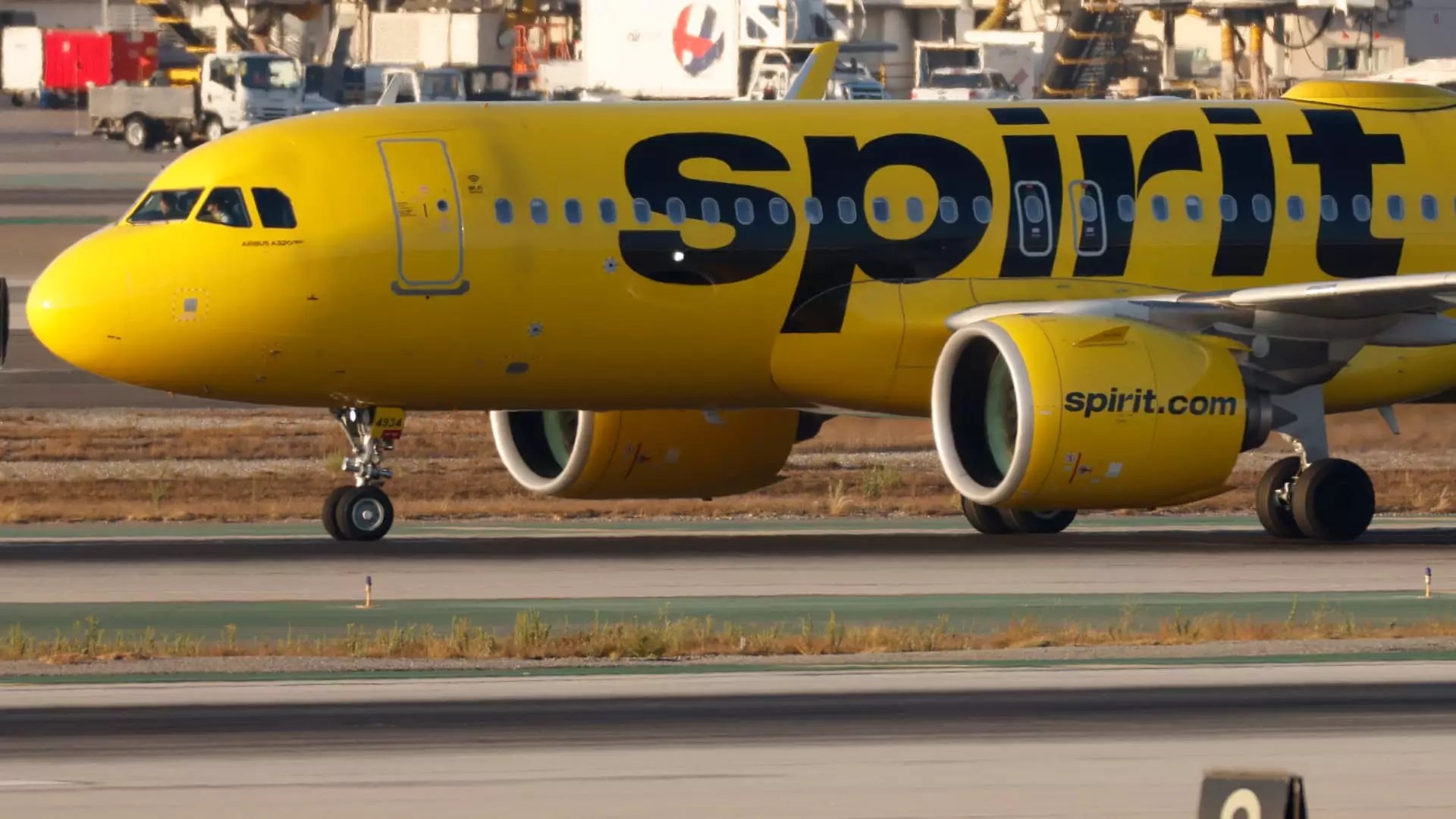In a significant turn of events, Spirit Airlines, a once-thriving contender in the low-cost air travel market, has filed for Chapter 11 bankruptcy protection, marking a pivotal moment in its turbulent history. The airline’s struggles are emblematic of broader problems within the airline industry as it grapples with rising operational costs and shifting consumer preferences. This article delves into the myriad factors that have led to Spirit’s financial plight, shedding light on its business model, challenges following the pandemic, and future prospects for recovery.
Founded as a budget airline that disrupted traditional travel norms, Spirit Airlines pioneered an unbundled fare structure that appealed to cost-conscious travelers. Passengers were drawn to the allure of low base fares, albeit accompanied by numerous add-on fees for everything from seat selection to baggage. This model carved out a niche for the airline, allowing for aggressive expansion and establishing it as a formidable player in the U.S. market.
However, the landscape shifted dramatically post-pandemic. The resurgence of air travel led to a spike in demand, yet Spirit was simultaneously faced with an escalated cost structure that eroded its profit margins. The consequences were dire; not only did the airline see its profit margins shrink, but it also contended with significant operational disruptions, including grounding many of its planes due to an engine recall. As these challenges compounded, Spirit’s once-burgeoning growth turned into a precarious situation.
The COVID-19 pandemic served as a catalyst for underlying issues within Spirit Airlines’ operations. While the airline had previously enjoyed a fruitful period of expansion, the pandemic exposed vulnerabilities in its business model. Spirit has not turned a profit since 2019, amassing losses exceeding $335 million in the first half of this year alone. With rising fuel costs and fluctuating demand patterns following the pandemic, Spirit’s financial trajectory became further compromised.
Additionally, the decision to sell off a portion of its fleet, including the recent sale of 23 Airbus aircraft, while generating immediate cash, highlights a desperate move indicative of long-term sustainability challenges. Even with projected liquidity improving to approximately $1 billion by year’s end, analysts contend that the carrier must navigate through substantial operational changes to regain its footing.
Spirit’s recent filing for bankruptcy in the Southern District of New York underscores the urgency of its situation. The airline has reportedly negotiated a prearranged financial deal with its bondholders, securing $300 million in debtor-in-possession financing. This strategic maneuver allows Spirit to continue operations, assuring customers that they can still book flights and utilize existing tickets and loyalty points.
However, the implications of the bankruptcy are immense; it signifies that the airline will face significant restructuring, with an expectation to shed existing equity. Importantly, it casts doubt on the viability of Spirit’s pricing strategy and points to the necessity for reassessing its business model in the face of spiraling costs and competitive pressures from larger airlines.
The competitive environment within the airline industry has shifted, with larger carriers now adopting Spirit’s low-cost approach, further complicating the recovery trajectory for the airline. The recent blockage of JetBlue Airways’ attempted acquisition further exemplifies the entangled challenges Spirit faces as it seeks to redefine its operational strategy while maintaining competitive pricing.
In response to market feedback, Spirit has begun offering bundled fares, introducing options that hitch on enhanced passenger experience. Whether or not these adjustments are sufficient to restore consumer confidence and profitability remains to be seen. Industry analysts speculate that future talks may heat up between Spirit and Frontier Airlines, which presents potential avenues for strategic collaboration.
The future for Spirit Airlines is fraught with uncertainty, but industry observers will watch closely as the airline navigates through its Chapter 11 proceedings. The financial turbulence serves as a cautionary tale for airlines that rely heavily on an unbundled pricing strategy, especially under volatile conditions. The necessary upheaval could allow the company to emerge with a more sustainable operational framework that aligns with contemporary consumer preferences.
Ultimately, the resilience of Spirit Airlines will depend on its capacity to adapt to an evolving operational landscape and a willingness to innovate beyond traditional low-cost offerings. The ability to capture and retain a loyal customer base in an increasingly competitive arena remains a formidable challenge, but one that could lead to renewed growth and service innovation if approached with strategic foresight and operational agility.


Leave a Reply